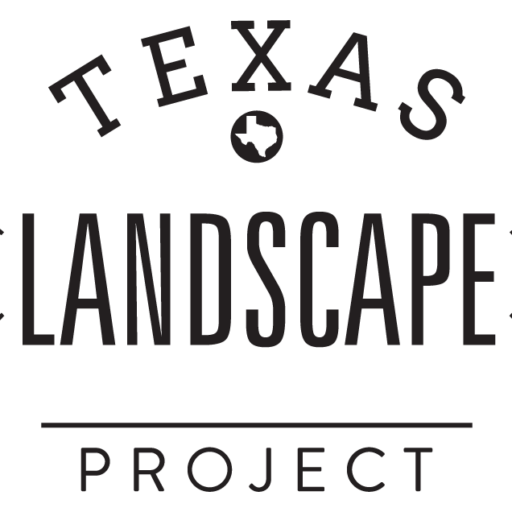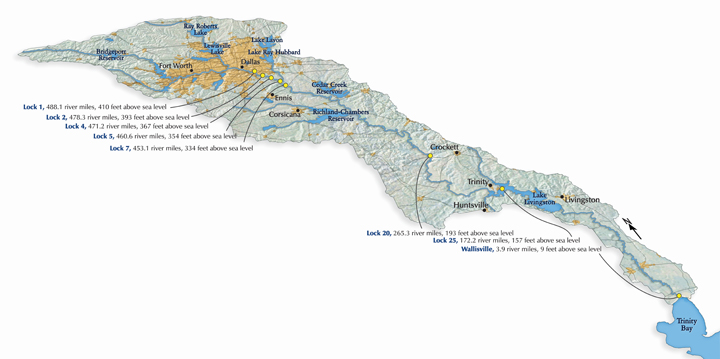Trinity Canal
Efforts to open the Trinity River to navigation date back to at least 1831, when Francisco Madero petitioned the legislatures of Coahuila and Texas to give him exclusive rights to navigation on the Trinity. Efforts in the 1860s and 1890s bore fruit in desnagging efforts and construction of 7 locks in the 1906-22 period. Interest in the canal revived after WWII, and culminated in a proposed 23-lock, 19-dam system to support a 150′-wide, 362.8-mile channel.
Canal opposition on environmental and economic grounds grew in the early 1970s, with advocacy by the Citizens’ Organization for a Sound Trinity (COST), and through litigation by the Sierra Club, Houston Sportsmen’s Club, Audubon Society and the Texas Shrimp Association. Votes against bonds for the canal, and judgements against one of the locks (at Wallisville), brought the canal proposal to a halt.
Audio:
John Henry Faulk remembers a mid-70s hearing where he brought up the political, environmental, aeshetic, and even religious problems with the Trinity canal
This excerpt is drawn from a June 9, 1981 interview by J.B. Smallwood with Mr. Faulk, that has been kindly shared by Todd Moye and the Oral History Program at the University of North Texas.
Map sources:
Ajemian, Greg. 2012. Senior Engineer, City of Dallas, Trinity River Corridor Project Office. Personal communication, January 2012.
American Canal Society. 1979. The American Canal Guide, Part 3, p. 14, Canal Index: Trinity River Navigation. American Canal Society.
U.S. Army Corps of Engineers. 1950. Abandoned Locks and Dams below Dallas, Texas, Trinity River and Tributaries, Texas. U.S. Army Corps of Engineers, War Department.
Selected references:
Brown, Clayton. 1979. Rivers, Rockets and Readiness: Army Engineers in the Sunbelt; A History of the Fort Worth District, U.S. Army Corps of Engineers. Washington, D.C.: Government Printing Office.
Durham, Floyd. 1976. The Trinity River Paradox: Flood and Famine. Wichita Falls: Nortex Press.

